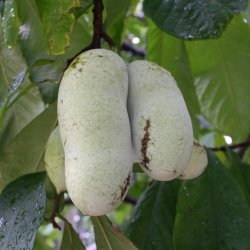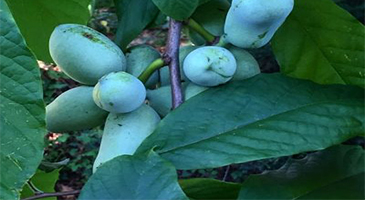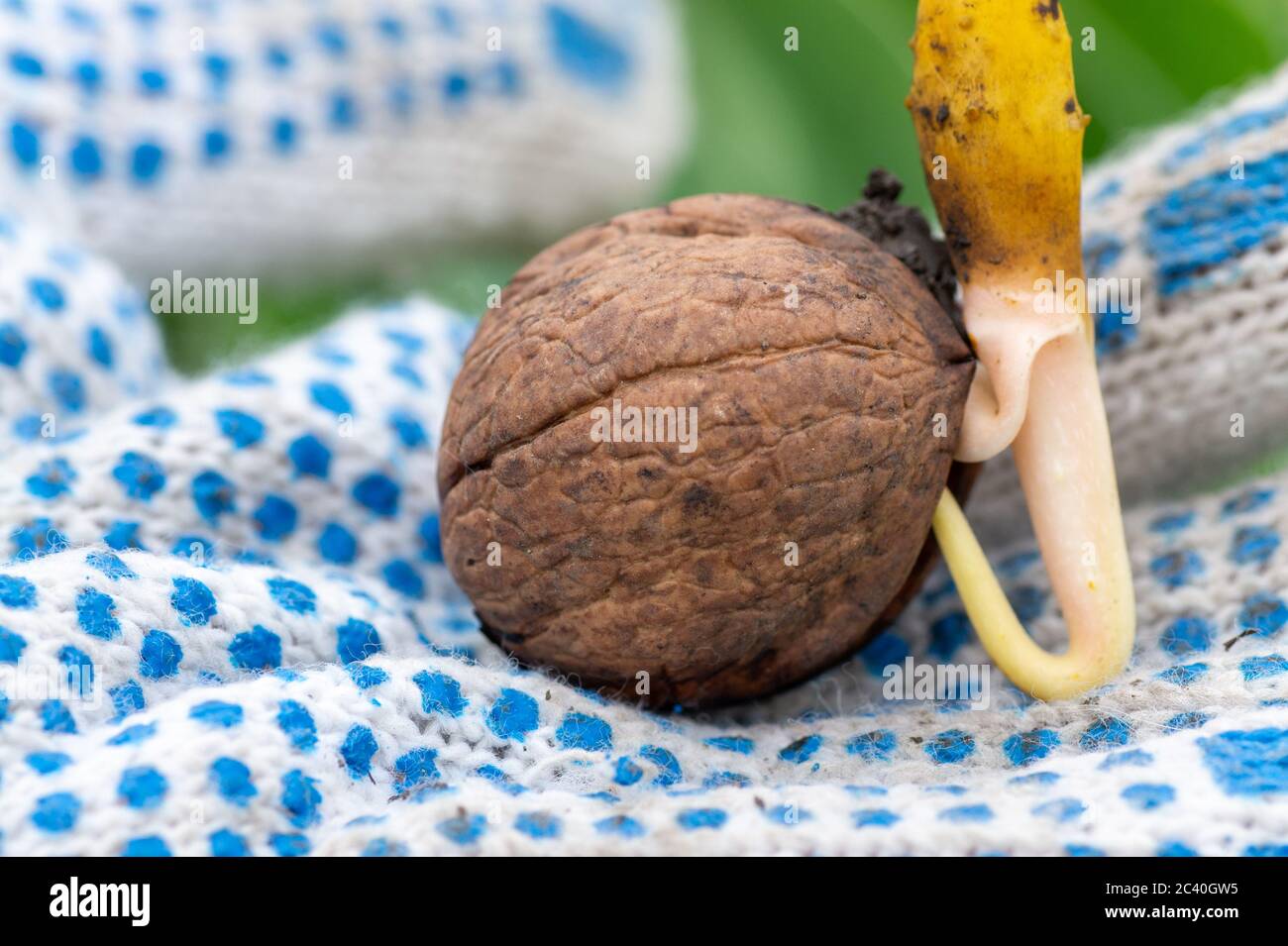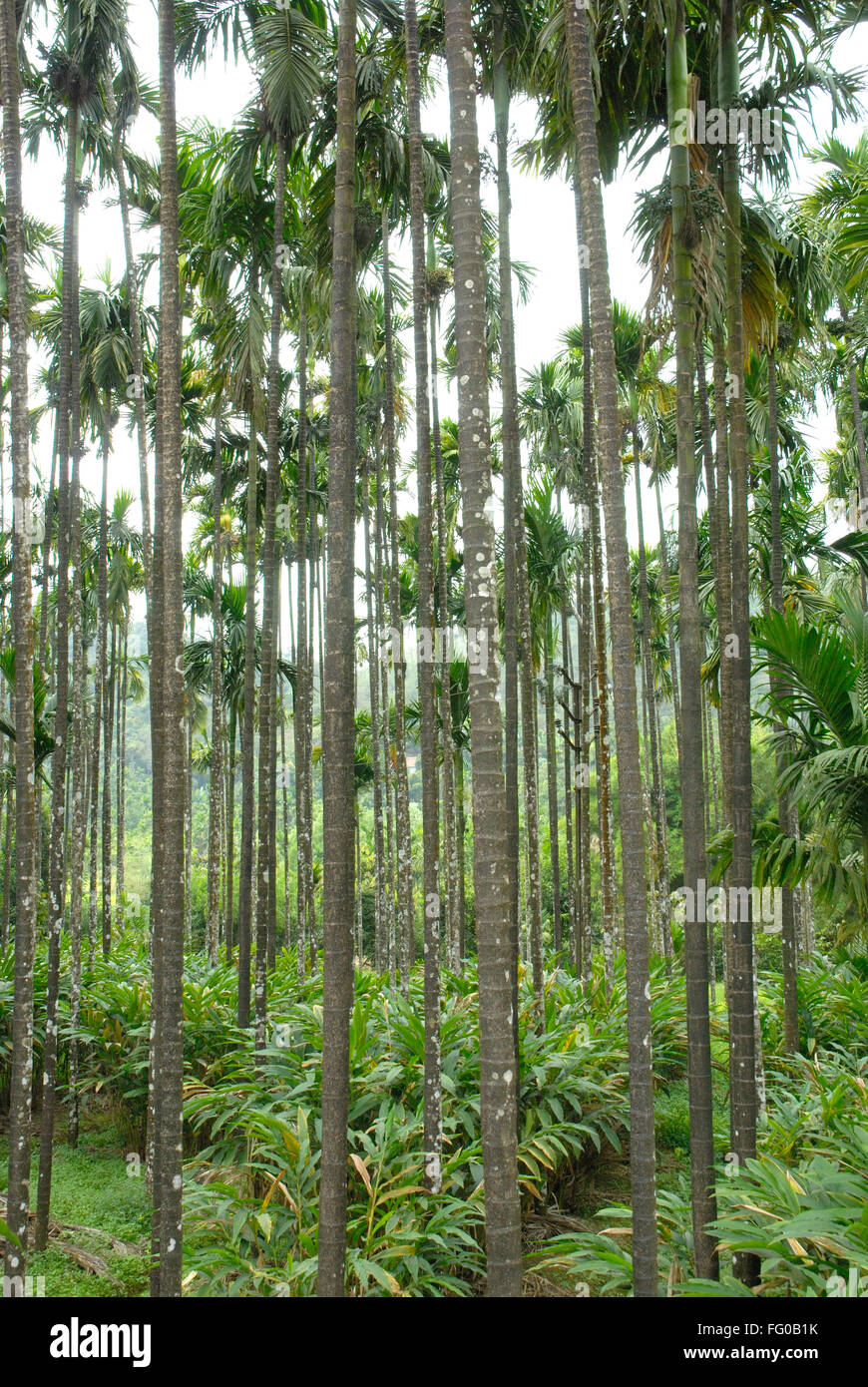Small Marble Sized Nut On Tree In Kansas

Fruit trees bring both healthy fruits for eating and canning and add to the overall beauty and appeal of your yard or garden.
Small marble sized nut on tree in kansas. Kansas has small quantities of both types. As a result it is a good idea to learn about what grows well in this area before investing any money in fruit trees. Hardy in usda zones 4 through 8 the shagbark hickory is native to parts of north america that range from southern canada to georgia and west to texas. Full seasons loads of sunshine and plenty of rain allow gardeners to plant a variety of fruit trees in kansas.
Discover how kansas gardeners can experience extremely cold winters and the frigid temperatures can damage or kill plants and trees that are not properly selected to grow in the kansas temperature zones on the usda climate map of zone 5 and zone 6. However there are some fruit trees that are not suitable for the kansas climate. The trees in this brochure are grouped into four main categories. Heights and widths that best reflect the growth pattern for northeast kansas are given as.
The only metamorphic quartzite known in kansas is located in woodson county four miles west and 10 1 2 miles south of yates center and is probably associated with an intrusion of. The almonds mature during early september through october. Some nut trees including the shagbark hickory carya ovata produce lots of debris in the form of leaves and twigs as well as nuts particularly during years of bumper crops. Delicious golden granny smith jonagold delicious jonathan empire and gala are the apple varieties that grow well in kansas.
Shrubs are woody perennial plants. Metamorphic quartzites are caused by intense folding of the rock or by solutions from nearby igneous intrusions or both. Grasses are herbaceous plants with narrow leaves originating at the base of the plant grasses are graminoids. Its compact size and bittersweet almond nuts make the hall s hardy almond a versatile landscape tree for northeastern kansas yards.
Trees are woody perennial plants usually with a single trunk relatively tall shrub. Within each category the trees are listed alphabetically and are followed by their botanical names. Growth characteristics growth habit herb. Herbs are broad leaved herbaceous non woody plant herbaceous plants are also known as forbs or wildflowers grass.
Small under 30 medium 30 60 large over 60 and evergreens. The hall s hardy almond tree prunus dulcis grows in usda hardiness zones 5 through 8 and grows to only 15 or 20 feet tall and 10 to 15 feet wide.














































